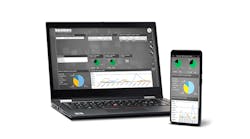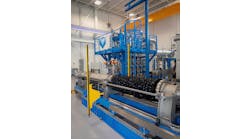Download all three parts of this whitepaper to learn how you can ensuring an accurate result in an analytical instrumentation systems.
Part 1: Understanding and Measuring Time Delay
This article is intended to enhance understanding of the causes of time delay and to provide the tools required to calculate or approximate a delay within a reasonable margin of error. We will also provide some recommendations for reducing time delay. The potential for delay exists in the follow sections of an analytical instrumentation (AI) system: process line, tap and probe, field station, transport line, sample conditioning system, stream switching system, and analyzer. Learn more.
Part 2: Calibrating the Analyzer
In many analytical instrumentation systems, the analyzer does not provide an absolute measurement. Rather, it provides a relative response based on settings established during calibration, which is a critical process subject to significant error. To calibrate an analyzer, a calibration fluid of known contents and quantities is passed through the analyzer, producing measurements of component concentration. If these measurements are not consistent with the known quantities in the calibration fluid, the analyzer is adjusted accordingly. Later, when process samples are analyzed, the accuracy of the analyzer's reading will depend on the accuracy of the calibration process. It is therefore, imperative, that we understand how error or contamination can be introduced through calibration; when calibration can - and cannot - address a perceived performance issue with the analyzer; how atmospheric pressure or temperature fluctuations can undo the work of calibration; and when and when not to calibrate. Learn more.
Part 3: Maintaining a Representative Sample
This article will review the major issues leading to an unrepresentative sample and provide recommendations on how to avoid a compromised sample. It will discuss deadlegs and dead spaces; component design and placement; adsorption and permeation; internal and external leaks; cross contamination in stream selection; and phase preservation. Learn more



